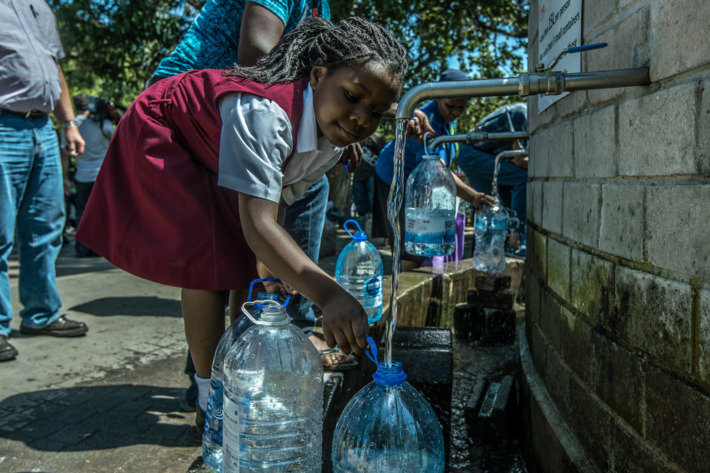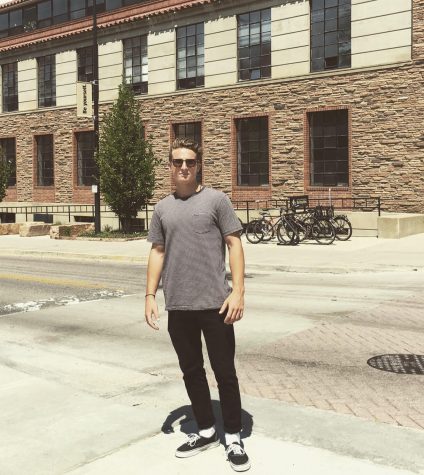Cape Town Water Crisis
A little girl is seen refilling jugs of water for not only her but for her whole family as well.
April 16, 2018
“Day zero” is what us Americans and many of South Africans call the day in which the taps run dry throughout the land of Cape Town, South Africa. With given just three months until the entire cities water filtration and availability runs out, the date in which the day they said would ultimately come, did. With as little as sixty seconds to shower and the mere obtainment of hot water, citizens of Cape Town have been preparing for this so-called “day zero” for more than a year.
With tourism becoming a huge part of Cape Town’s yearly and monthly income, the news of the water shortage was said to be something of cataclysmic to the cities funds and economy as a whole, said CNN. From reducing showers to a limit of 90 seconds, using bath water as a means to flush toilets, and not washing their hair, the people and citizens of Cape Town are enduring a travesty unimaginable in their need for water.
However, many people don’t really understand how such an event can take place in such a tourist driven international city. According to CNN, the main factor in which caused this epidemic was a “drought that has been occurring for over three years, a rapid increase of climate temperatures, and a growing population” of over four million in which is still continuing to grow. With their water goal still eighty-six million liters short, the extent to which water consumption is available to minimal and drastically limited.
Explained by a writer on the website Come to Capetown, the “restrictions to water use may be pushed back until later months if a rainfall” is predicted to come within the next month. With the level crisis now at a high of level 6b, the citizens all over the city are drastically starting to improve their water usage.With A city with a population of four million people, Cape Town is set to become the first major city to completely run out of clean and fresh water.
From publicizing their water safe techniques to exhibiting good and moralistic water usage, citizens of Cape Town are starting to take a turn for the better. According to New York Magazine, this instance should be taken as a “problem that is only bound to get worse” not only within South Africa and other major cities around the globe, but even here in the United States as well. Zac Hardison (11) believes “other major cities and even countries should learn from this climactic tragedy” and realize the “effects of each cities actions as it pertains to daily water use.”



































